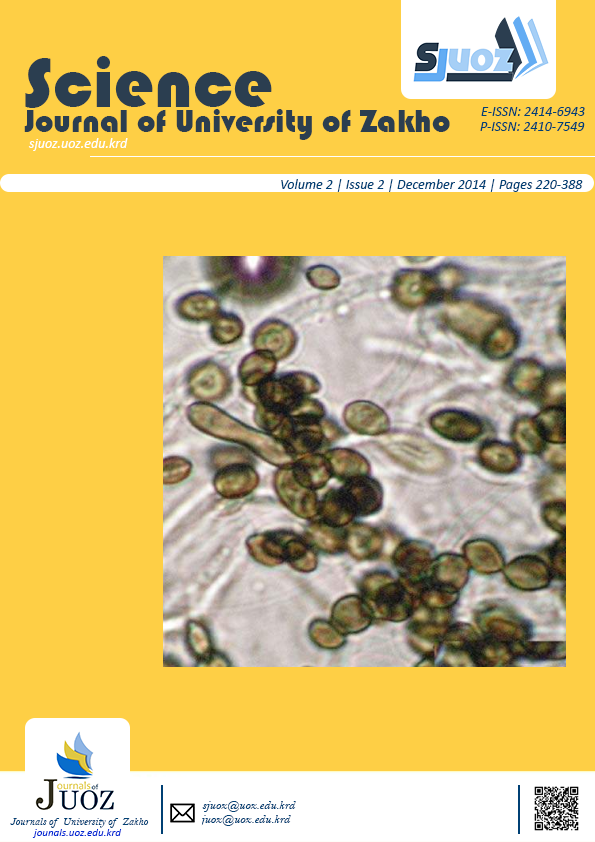Abstract
To investigate the advantage of consumption of a mixture of almond and pistachio on blood pressure, lipid profile, sugar and protein levels in healthy volunteers.
Subjects and Methods:This dietary intervention study was carried out during the period from February to March 2013. A total of 48 apparently healthy males students from Military Academy / Zakho, Kurdistan Region of Iraq participated in this study. All the students were living in a controlled environment. Blood samples were taken and analyzed for the determination of serum glucose, lipid profile, total protein, albumin and globulin. Parameters were obtained at baseline, 3 and 6 weeks after daily consumption of 50gm of almond and pistachio mixture.
Results: The results of the current study demonstrated that daily consumption of 50 gs of almond and
pistachio mixture for 3-6 weeks significantly ( P<0.05 – 0.001) decreased the diastolic blood pressure and
the level of blood glucose , whereas body mass index (BMI) was not influenced at all. Serum total protein,
albumin and globulin levels were significantly increased (P<0.05-0.005). Finally, Total cholesterol (TC), triglycerides (TG), low density lipoprotein-cholesterol (LDL-ch), very
low density lipoprotein cholesterol ( VLDL-ch), TC/HDL and LDL/HDL were significantly
decreased (P<0.05-0.005) after 6 weeks of nuts consumption, where as high density lipoprotein-
cholesterol, was significantly increased (P<0.01).
Conclusion: This dietary intervention trial, demonstrated that almonds and pistachio mixture improved blood
glucose , total protein, and lipid profile to much better levels than that obtained previously using each
one separately in healthy volunteers.
Full text article
References
Authors
Copyright (c) 2014 Suad y. AL-Kass, Omar A. M. Al-Habib, Kajeen H. Jasim

This work is licensed under a Creative Commons Attribution 4.0 International License.
Authors who publish with this journal agree to the following terms:
- Authors retain copyright and grant the journal right of first publication with the work simultaneously licensed under a Creative Commons Attribution License [CC BY-NC-SA 4.0] that allows others to share the work with an acknowledgment of the work's authorship and initial publication in this journal.
- Authors are able to enter into separate, additional contractual arrangements for the non-exclusive distribution of the journal's published version of the work, with an acknowledgment of its initial publication in this journal.
- Authors are permitted and encouraged to post their work online.

